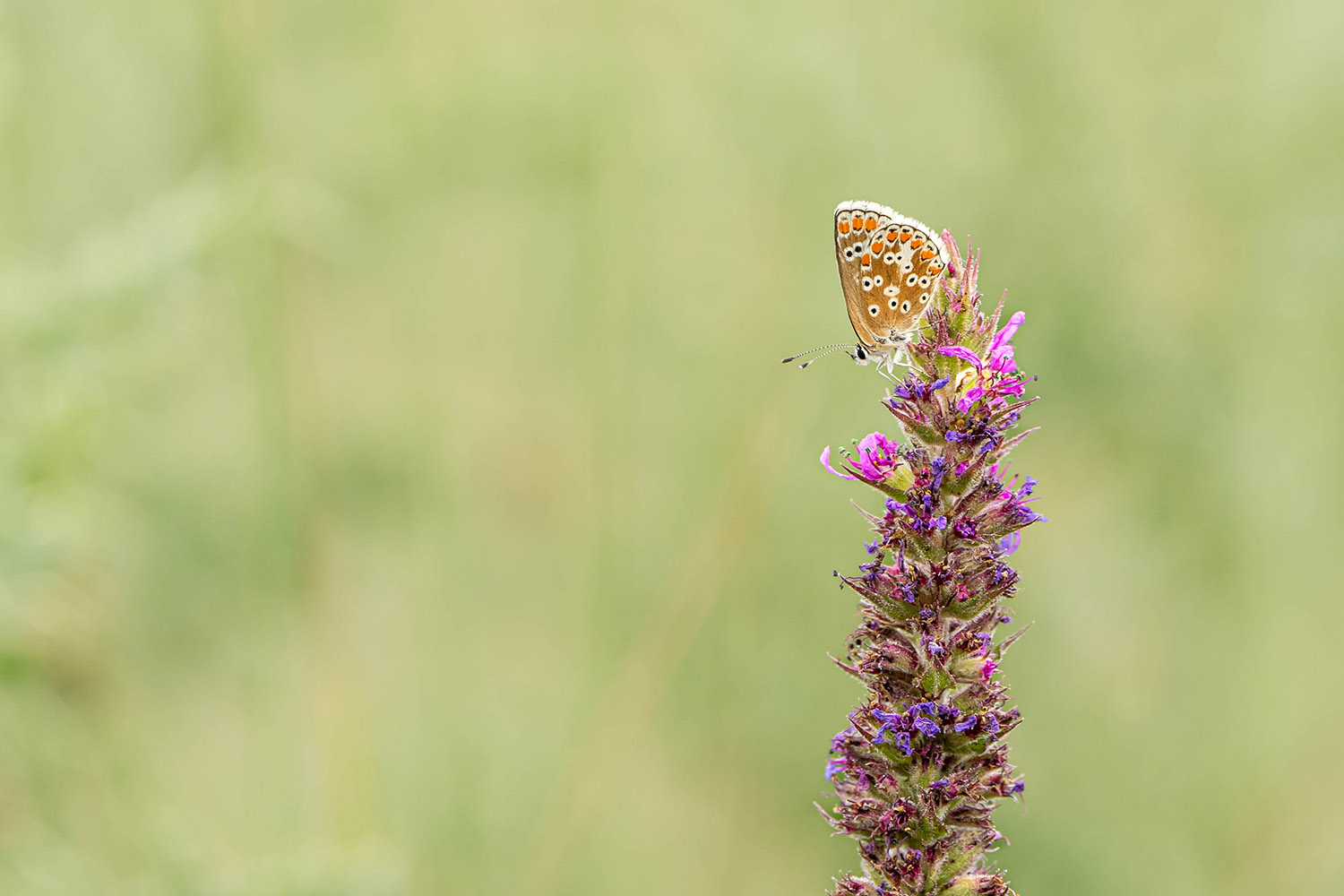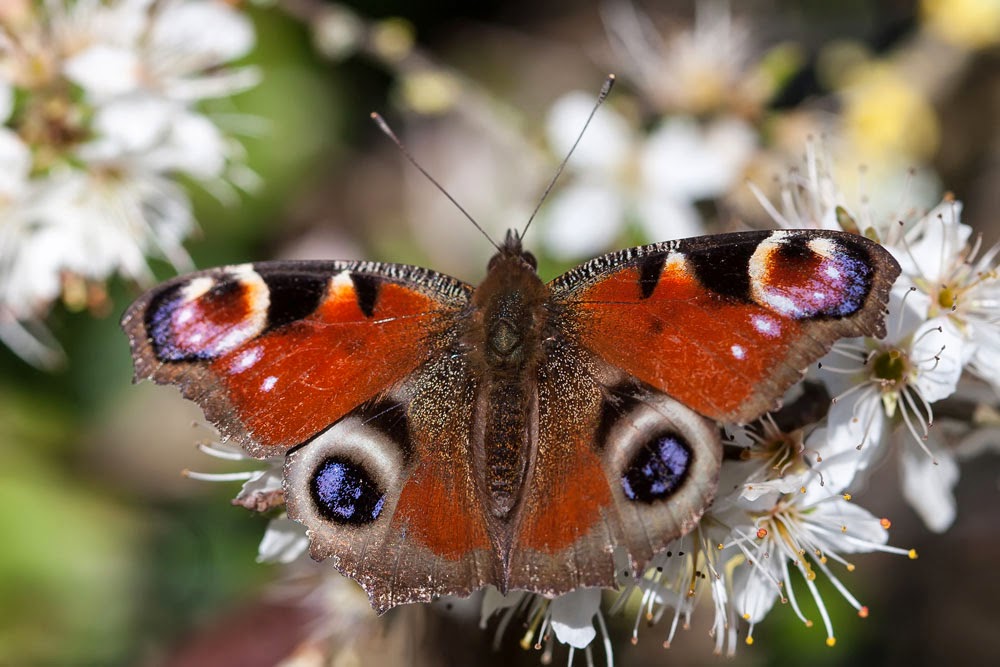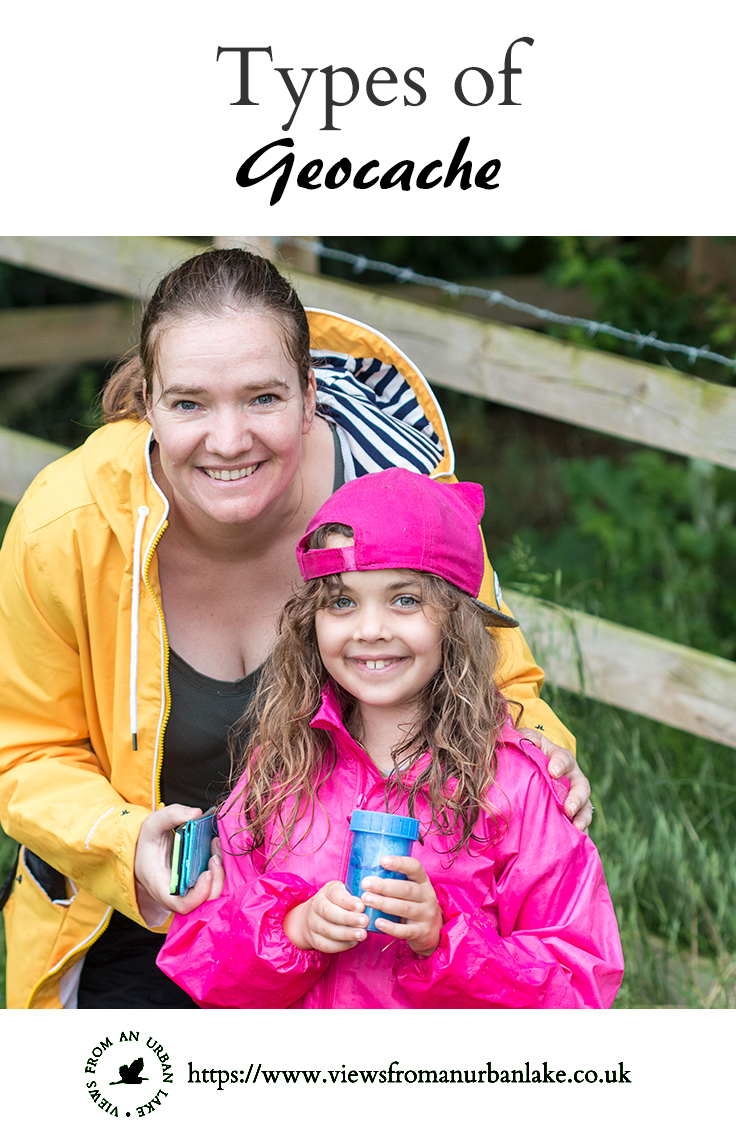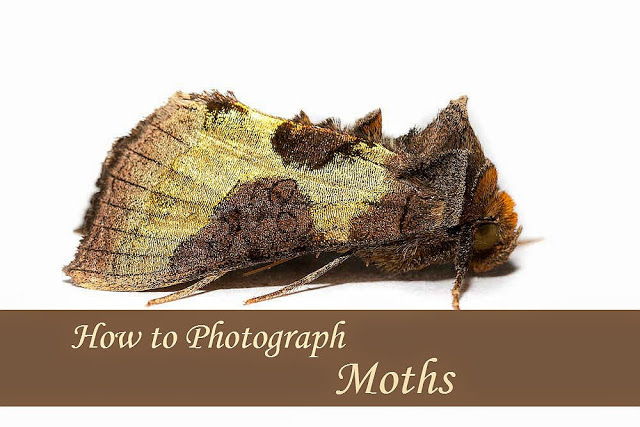How to photograph butterflies – a stunning photographic guide
Continuing my “how to photograph…” series, this time I thought I would get you ready for the spring and summer months (and on into autumn) with: How to Photograph Butterflies. The butterfly season may not be year round but no matter when you read this, it won’t be long till these wonderful, delicate creatures, are once again on the wing. Hopefully in good numbers.

How to photograph butterflies: Where to Look
Like all good guides on wildlife photography (probably) it is important to start with where to look for butterflies. Knowing their locations, both geographically, from a habitat view, and on which plant they feed or lay eggs, will help you capture the shots you want.
Butterflies, like many insects, have preferred habitats. Some are woodland dwellers such as the White Admirals or Purple Emperors; Others you’ll find in grassland, Meadow Brown, Small skipper to name a couple. So picking the right habitat for the desired quarry is the only way to go. It’s something I’ve learned while photographing butterflies in Milton Keynes. Pick the right area and you stand a chance.
Some species depend on specific plants to feed as caterpillars, Small Blue for example rely on Kidney Vetch, so if there isn’t any in the area the likelihood of a small blue being there is pretty small.
This is similar with geography. You don’t find all butterflies in all areas. I’d love to photograph Swallow Tails, but they don’t occur near me. Knowing this firstly saves me disappointment, but also doesn’t waste my time.

Timing
In your continued preparation stage, timing is key! In order to photograph butterflies at their best you need to capture them as soon after they emerge (from their cocoon stage) as you can. Studying what times of year this occurs is vital, miss it and you could miss out till the next year! Some butterflies have multiple flight times, others can be found nearly year round (they do hibernate of course), and yet others have incredibly short periods of flight, maybe a month. Learning this for you desired quarry becomes vital.
Timing can also affect your sleep. The best butterfly images (and I don’t mean mine) are usually shot at the bookends of the day. The golden light helps, but also butterflies require heat to get moving so the cooler hours (early or as they roost for the night) mean you are more likely to find them resting and this is when the best photos will be found.
Slow and Steady Wins the Race
BUTTERFLIES SPOOK EASILY!
Any movement can send them fluttering off, and away from your lens, or just close their wings, which can be very annoying. Learning to move slowly really helps. Patience is, as always, key. Slow measured movements are your friend here.
Different butterflies respond differently to movement, sound, and light as well, just to make life complicated. I have found Speckled woods hate flash (almost all close their wings as your camera flashes). They are also not fans of the shutter sounds. I have to shoot them in “silent mode”. Others like Orange tips, will often sit (closed wing) on bluebells and allow really close work, without being worried too much. The butterflies reaction will depend on the species. Yet more evidence that if you get to know the species it will help your work.

How to photograph butterflies: Choosing Your Lens
Over the years I have preferred to photograph butterflies with a macro lens. I like the close up aspect, usually with a buttery smooth background produced by a narrow depth of field. But Other photographers will prefer to be further away, and get a more holistic image (a bit like my bird photography). Your choice will determine the type of lens (and focal length) that you choose.
Macro Lenses
Macro lenses allow 1:1 ratio. They focus very closely and allow for great close up images. Anything between 85 and 105mm is the usual. Although there are extremes like a 35mm macro (although I do wonder how you could ever get that close to something). If you use an 85mm you will need to get a little closer than if you were to use a 105mm lens, it’s a small amount, but with butterflies this can be important.
It is worth remembering that with close macro work the narrower your depth of field is the less you will get in focus (or have to focus on). Which leads to either areas being out of focus (which can be nice) or a larger f/stop being required. The latter of which will reduce your shutter speeds.
Telephoto Lenses
Telephoto lenses allow you to take photos of the butterflies in their habitat, and at a distance that doesn’t require such slow, careful movement. I have recently been using my Sony 200-600 to capture some butterflies (and dragonflies) with longer lenses. These make great tools for a) blurring the background, and b) not disturbing the butterflies as much. But you will lose other aspects.
Firstly you won’t get the same 1:1 ratio, in order to achieve as close an image you WILL have to crop your final image. So it is worth keeping that in mind when you take the shot. Secondly you will need a little more room to work. Blades of grass that wouldn’t be between your macro and a butterfly will suddenly be there with a longer lens.

Tripods or No tripods
To use a tripod or not for butterfly photography is tricky. For me, most of my butterfly photos are on the hoof. I need to move quickly (but not that quickly) so using a somewhat cumbersome tripod doesn’t fit my style. However…
Using a tripod does allow you to get your focus right. It allows a steady image, reducing blur. And leaves you able to use things like reflectors to dissipate any shadows you don’t wont (assuming you have time).
Personal choice comes into effect here I guess (sorry a bit woolly there). If you do use a tripod I am certain any images you capture will be sharp (at least free from camera shake). But not using one does give you much more freedom to get around.
Clean backgrounds
In my opinion clean backgrounds usually work best when photographing butterflies. This often means that a low aperture is best in order to really clear out the background. But as mentioned earlier this does mean that focus depth becomes an issue. It is one reason that people stack their photos for butterflies. Stacking is not something I do, so I’m afraid I can’t do better than point you at the link.
That said sometimes a background does not need to be clean (see below). Capturing a bit of the background can make your image a little more interesting.

How to Photograph Butterflies – Settings
If you are looking for the ideal settings for your butterfly photography, well, sorry to disappoint. I can’t give you that detail. It will totally depend on the lighting where you are. The image you want to take. And the equipment you are using.
For me I usually want a low f/stop (macro I stay under f/4 usually, long lens is less important due to the make up of telephoto lenses). I keep my ISO as low as possible, preferring less noise. But will push this if the light requires. And always aim for the fastest shutter speed I can get. Butterflies move quickly!

If you enjoyed How to photograph butterflies, or found it useful, please consider sharing with your friends or family.
Some of these images, and my other butterfly images are available as prints on my photography site – Urban Lake Photography – Insects






2 Comments
Mountainotes LCC
Excellent Tips you have shared.
Very much thankful and glad to read your post .
Thanks for sharing.
Keep posting.
Ashley Beolens
You are welcome, I hope they are helpful 🙂